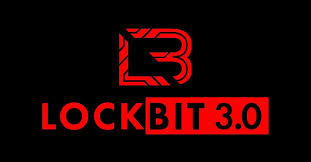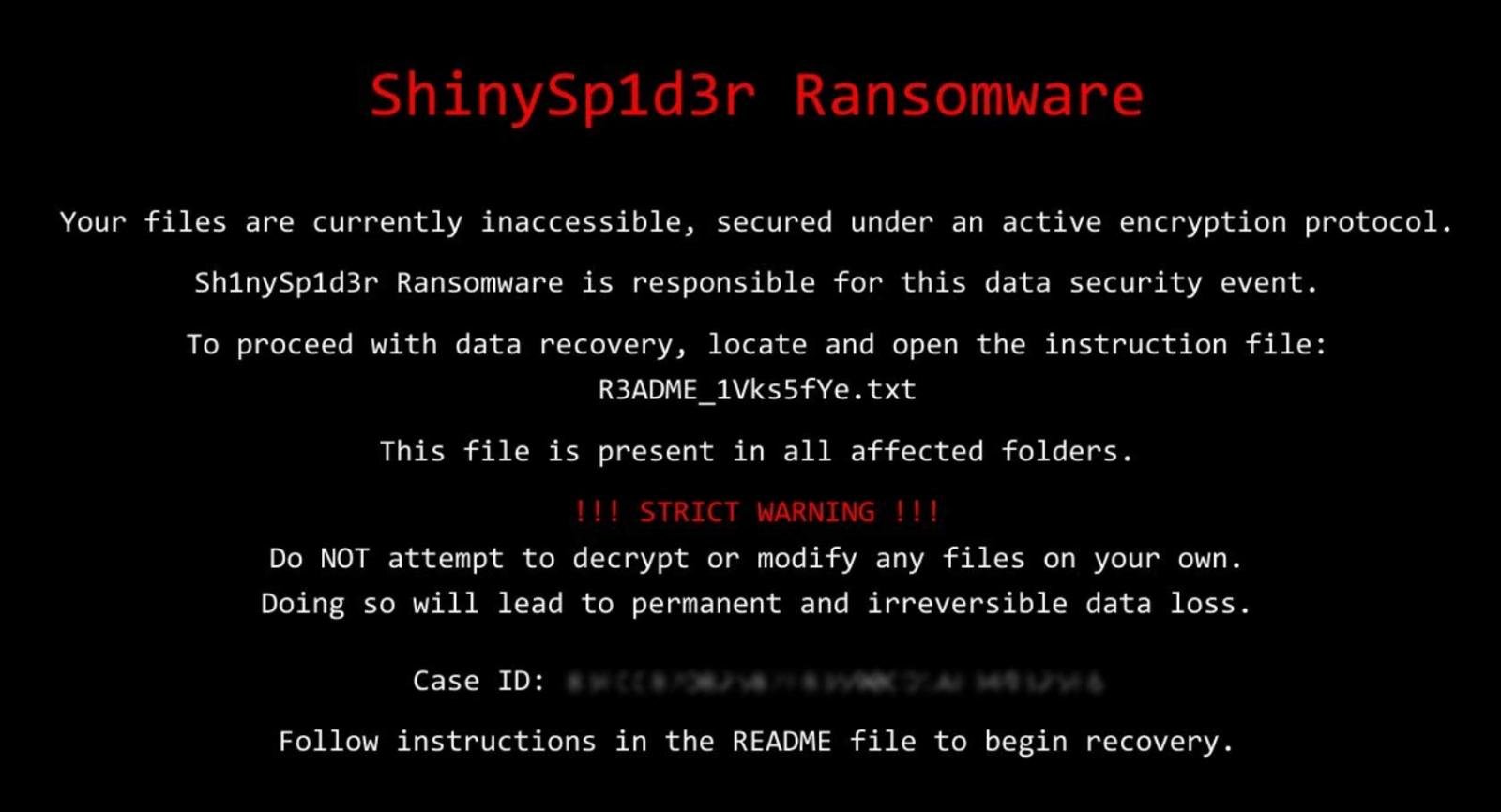Understanding the Shift in the Ransomware Ecosystem
Recent threat intelligence shows a dramatic change in the global ransomware landscape. In the third quarter of 2025 it was recorded that eighty-five active ransomware and extortion groups were operating, the highest number ever tracked in a single quarter. This level of decentralization marks a departure from previous years when the ransomware-as-a-service market was dominated by a handful of major players.
What’s Driving the Fragmentation
Several dynamics are contributing to this fragmentation. First, law enforcement takedowns of large platforms have pushed affiliates to spin off into smaller, independent operations with lower barriers to entry. Researchers noted fourteen new ransomware brands launched in Q3 alone. Second, the number of published victims across leak sites reached about 1,592 in that quarter, averaging roughly 535 disclosures each month. Third, the share of victims attributed to the top ten ransomware groups dropped from around seventy-one percent earlier in the year to fifty-six percent, reflecting broader dispersion.
The Return of a Big Name
Amid this fragmentation one of the most notorious ransomware brands made a comeback. LockBit launched version 5.0 in September 2025 and quickly claimed multiple victims. The resurgence signals that even as the ecosystem splinters smaller groups still seek the perceived credibility and affiliates of a recognized brand. The return of LockBit points to a potential re-centralization trend which may shift the balance again.
Why This Matters for Cybersecurity Professionals
The fragmentation of ransomware operations creates new challenges for defenders. When attacks were dominated by large platforms, analysts could reasonably monitor known indicators and affiliate behaviours. With dozens of smaller groups appearing unpredictably the task becomes more complex. Attribution becomes harder and tracking infrastructure becomes less reliable since operations spin up and vanish rapidly. Also the return of an established brand like LockBit means a large scale coordinated attack may once again be possible.
From an operational perspective defenders now face both large scale threats and many small-scale opportunistic groups. This hybrid threat explosion means incident response teams must prepare for a wide variety of ransomware tactics not just the “classic” major actors.
Strategic Recommendations for Defence
Widen threat intelligence coverage: Monitor not only known major ransomware families but also emerging leak sites and small operators.
Segment critical assets: Ensure that if a smaller attacker gains access they cannot move laterally or leverage the brand-name effect of larger groups.
Rehearse incident response for multiple scenarios: Prepare for both low-volume high-reach campaigns from major brands and “spray-and-pray” tactics from fragmented groups.
Backup and recovery readiness: Given the unpredictable nature of ransomware attacks prepare for quick recovery without negotiation leverage being reliable.
Educate stakeholders about ecosystem change: Make sure executive teams understand that ransomware is no longer just the large groups but a broad, shifting array of adversaries.
Final Thoughts
The ransomware ecosystem in late 2025 is at a tipping point. The fragmentation of adversary operations has made defence more challenging yet the re-emergence of a major brand suggests the pendulum may swing back toward consolidation. For cybersecurity engineering teams this means developing both broad visibility and deep resilience. Traditional moulds of threat actor dominance are no longer reliable. Organisations must treat ransomware as both an evolving threat surface and a strategic business risk.





